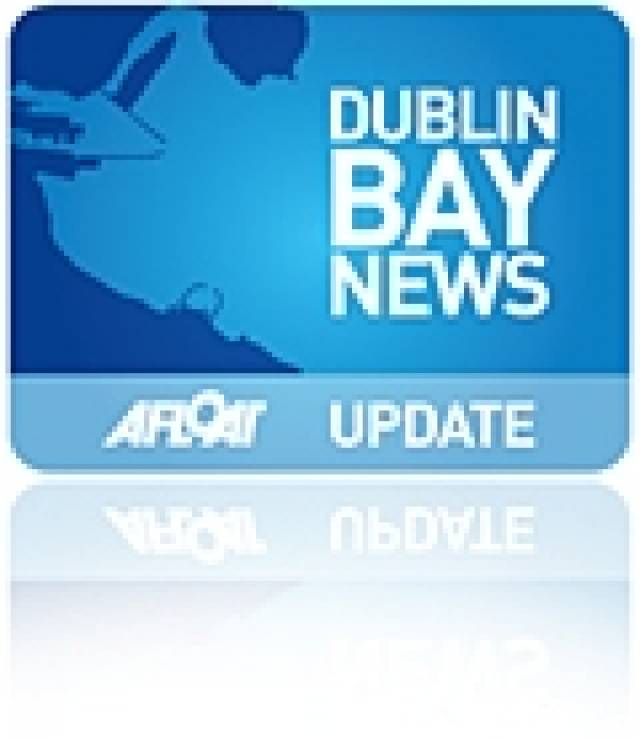#moorings – Swinging moorings in Dun Laoghaire harbour are being reduced this month in favour of 'low cost pontoon parks' and the town marina but the move has taken mooring users – including the four waterfront yacht clubs – by surprise with the 2013 boating season just weeks away.
Dun Laoghaire Harbour Company (DLHC) says that approximately 40 of the estimated 400 swinging moorings are not being used in the harbour. The plan is to remove these in advance of the sailing season but the Commodore of the country's biggest yacht club, Martin Byrne of the Royal St. George YC, told Afloat.ie that 'the timing is upsetting for sailors who have used these moorings for over a hundred years. We see no need for the requirement to do this now'.
A Harbour source has told Afloat.ie that there are plans for sizeable cuts in the mooring numbers in the years ahead. The Royal St. George Yacht Club and Dun Laoghaire Motor Yacht Clubs (DMYC) stand to be the most affected by the first phase of reductions this month.
DLHC says the moorings need to be reduced in order to provide space for the company to handle an increase in commercial shipping activity such as a replacement Holyhead ferry and cruise liner traffic escpecially in and around harbour berthing areas.
According to the source the Royal St George Yacht Club will lose eight moorings in front of its club (for small boats) this year and another eight next year from this area. 17 moorings will be lost from the 'east bight' area this year.
Harbour Company Chief Executive Gerry Dunne told Afloat.ie "It is envisaged that swinging moorings will remain a feature within the harbour, albeit the current quantum will gradually be reduced over the coming years'.
The Harbour Company estimates that it takes up approximately five times as much water-space to accommodate a boat on a swinging mooring versus the space that the same boat would require in a more structured pontoon configuration.
There is uncertainty surrounding some of the National Yacht Club moorings but up to 22 could be gone next year from the east bight.
There will be no change at the Royal Irish Yacht Club at this stage as their moorings are located either inside the marina breakwaters and the west bight (opposite to the marina breakwater) according to the source.
Most of the moorings at the Coal Harbour are to be replaced with a new boat park concept currently in the tender process. The DMYC will lose the outer of the three strings at the west bight. A handful of moorings outside the east marina breakwater will also go.
Ultimately, the harbour masterplan launched in 2011 sees the development of two low-cost pontoon parks, one alongside the East Pier and one in the old harbour. The masterplan drew a substantial response from the yacht clubs.

























